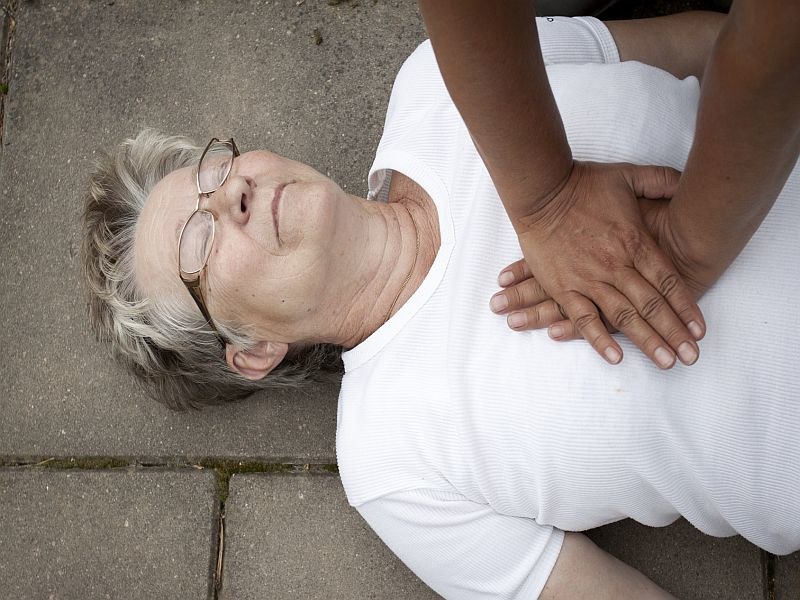MONDAY, April 1, 2019 (HealthDay News) — The rates of compression-only cardiopulmonary resuscitation (CO-CPR) and standard CPR (S-CPR) before arrival of emergency medical services (EMS) have increased and are associated with improved survival over no CPR (NO-CPR), according to a study published online April 1 in Circulation.
Gabriel Riva, M.D., from Karolinska Institutet in Stockholm, and colleagues address changes in the rate and type of CPR performed before the arrival of EMS during three consecutive guideline periods (2000 to 2005, 2006 to 2010, and 2011 to 2017). Patients were categorized according to CPR receipt before arrival of EMS.
The researchers found that from the first to the second to the third period, the proportions of patients receiving CPR before EMS arrival increased from 40.8 to 58.8 to 68.2 percent. S-CPR increased from 35.4 to 44.8 and then decreased to 38.1 percent, while CO-CPR increased from 5.4 to 14.0 to 30.1 percent. The change in 30-day survival was from 3.9 to 6.0 to 7.1 percent in the NO-CPR group, from 9.4 to 12.5 to 16.2 percent in the S-CPR group, and from 8.0 to 11.5 to 14.3 percent in the CO-CPR group. The adjusted odds ratios for 30-day survival were 2.6 and 2.0 for S-CPR and CO-CPR, respectively, compared with NO-CPR, for all time periods combined. S-CPR was superior to CO-CPR (adjusted odds ratio, 1.2).
“Increasing CPR rates by simplifying the CPR algorithm for bystanders can increase overall survival,” Riva said in a statement.
Copyright © 2019 HealthDay. All rights reserved.



